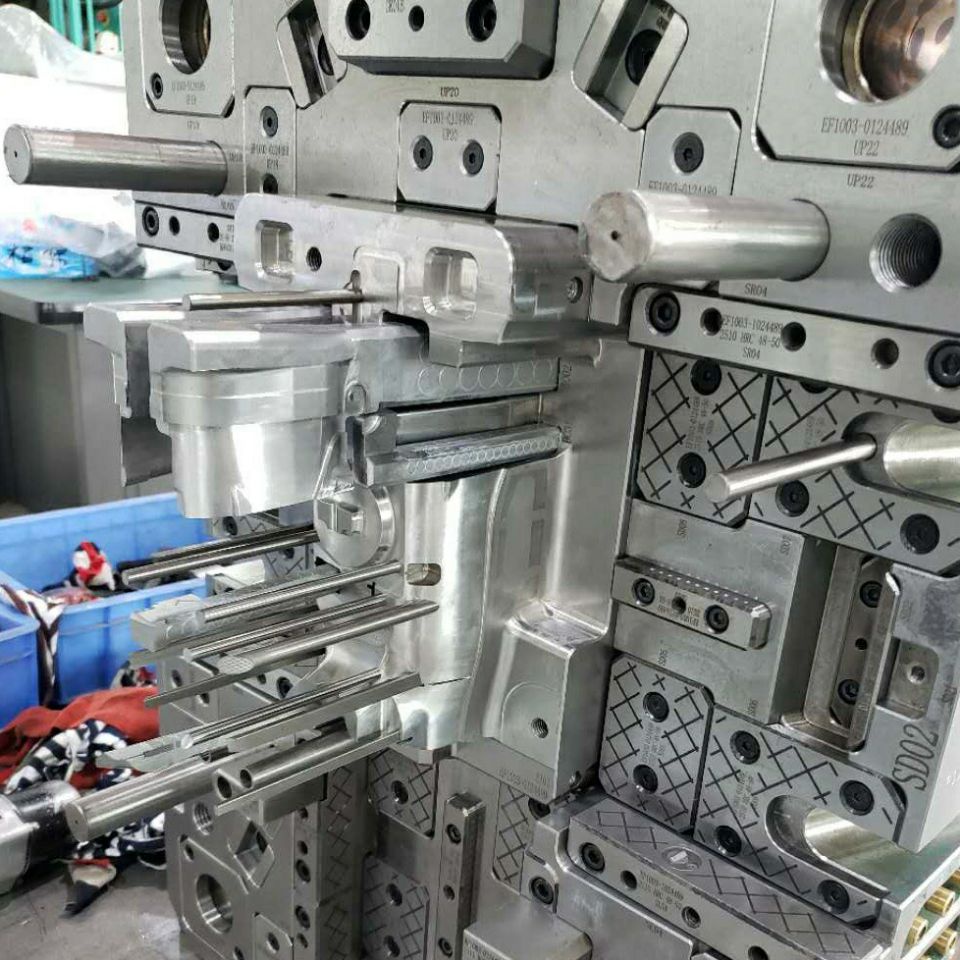Hey there, fellow manufacturing enthusiasts! Today, we're diving into the world of injection molding, a technique that shapes our everyday lives. But with a plethora of materials at our disposal, choosing the right one can be tricky. So, let's put two titans head-to-head: polycarbonate injection molding services trusted ABS injection molding solutions . We'll dissect their properties, applications, and the factors that influence your decision.
The Alluring Strength of Polycarbonate Injection Molding
Polycarbonate (PC) is a champion of clarity and toughness. Think of those crystal-clear riot shields or the near-unbreakable lenses of your eyeglasses – that's the magic of polycarbonate. Here's what makes it stand out:
- Crystal Clear: PC boasts exceptional transparency, making it ideal for applications demanding visibility, like medical devices, lenses, and instrument housings.
- Impact Hero: Polycarbonate is remarkably resistant to impact, making it the go-to choice for safety equipment, bulletproof glass (yes, you read that right!), and protective gear.
- Temperature Tamer: This material remains strong and stable across a wide temperature range, ideal for applications exposed to heat or cold.
Beyond Clarity: The Advantages of ABS Injection Molding
Acrylonitrile Butadiene Styrene (ABS) is another popular contender in the injection molding arena. While not as transparent as PC, it offers a distinct set of benefits:
- Cost-Effective Choice: ABS is generally more affordable compared to PC, making it a budget-friendly option for high-volume production runs.
- Versatility King: ABS readily accepts dyes and pigments, allowing for a vast array of color options. It also boasts good surface finishes, making it suitable for aesthetic applications.
- Chemical Compatibility: ABS exhibits excellent resistance to many chemicals and oils, making it a reliable choice for industrial parts and housings.
Table: Polycarbonate vs. ABS Injection Molding at a Glance
| Feature | Polycarbonate (PC) | ABS |
|---|---|---|
| Transparency | Excellent | Opaque |
| Impact Resistance | High | Moderate |
| Temperature Resistance | High | Good |
| Chemical Resistance | Moderate | Good |
| Cost | Higher | Lower |
| Versatility (Coloring) | Limited | High |
| Surface Finish | Good | Excellent |
Choosing Your Champion: A Project-Based Approach
Now that you understand the strengths of each contender, let's explore which material might be the better fit for your project:
- When Clarity Reigns Supreme: For applications demanding exceptional transparency, like medical devices, lenses, or instrument housings, polycarbonate injection molding is the clear winner.
- Strength and Heat Resistance are Key: If your project prioritizes impact resistance and the ability to withstand high or low temperatures, polycarbonate injection molding is the more suitable option. Think safety equipment, automotive parts, or electronics components.
- Cost and Aesthetics Matter: For projects requiring a budget-friendly approach and a wide range of color options, ABS injection molding takes the lead. This includes applications like electronic casings, toys, or sporting goods.
Beyond the Basics: Additional Considerations
Remember, the choice between polycarbonate and ABS injection molding goes beyond these core strengths. Here are some additional factors to consider:
- Chemical Exposure: If your parts will be exposed to specific chemicals, ensure the chosen material offers the necessary resistance.
- Flame Retardance: For applications requiring fire resistance, explore options with flame-retardant additives.
- Complexity and Finishes: For intricate designs or specific surface finishes, consider the material's moldability and ability to achieve the desired aesthetics.
The Final Word: Partnering for Injection Molding Success
Choosing the right injection molding material can make or break your project's success. By understanding the unique properties of polycarbonate injection molding and ABS injection molding, you're well on your way to making an informed decision. Remember, consulting with an experienced injection molding partner can provide invaluable guidance on material selection, part design, and the overall production process.
Let's turn your vision into reality! So, have you decided which material is the champion for your project? Share your thoughts in the comments below!


No comments yet